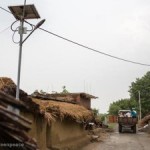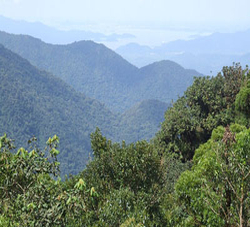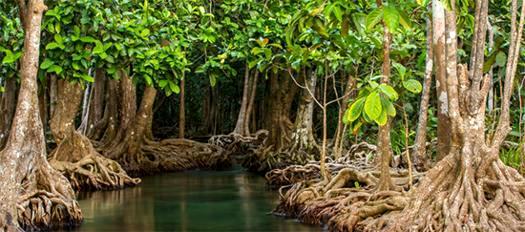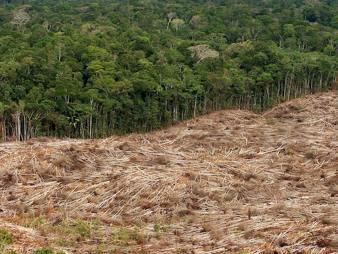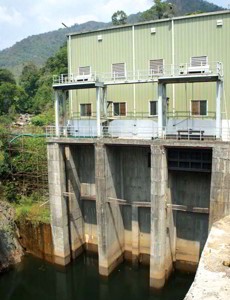
Dehradun, India – In India, small hydro power plants – those plants which have a generating capacity of below 25 megawatt (MW) – have been categorized as ‘green’ and ‘renewable’ by the Union Ministry of New and Renewable Energy (MNRE). A new analysis done by Centre for Science and Environment (CSE), the New Delhi-based research and advocacy body, says that the small hydro power sector is not as ‘green’ as it is painted out to be. It exerts significant impacts on environment, say CSE researchers.
Which is why, points out their analysis, the sector desperately needs to have proper environmental norms. Also, existing norms need to be implemented better. This emerged at a conference organized in Dehradun on June 14 by CSE on ‘Green Norms for Green Energy: Small Hydro Power’, which was attended by a number of stakeholders including civil society groups, hydro power experts, industry and government officials.
The conference discussed the environmental impacts of SHP – small hydro power – specifically in the Uttarakhand region, and how to combat them without hindering the growth of the sector. Says Chandra Bhushan, CSE’s deputy director general and head of its renewable energy teams, “The idea is to establish systems that will allow development of SHP without compromising the environmental integrity of the area. This conference was organized to discuss and debate on those systems.”
Among the panellists who addressed the conference were Dr. Bharat Jhunjhunwala, columnist and consultant; Vinod Singhal, member secretary, Uttarakhand Pollution Control Board; Arvind Kumar, general manager, SHP, Uttarakhand Jal Vidyut Nigam Ltd.; and Avdhesh Kaushal, chairperson, Rural Litigation and Entitlement Kendra.
CSE released its report, titled “Green Norms for Green Energy: Small Hydro Power”, on this occasion.
In the last seven years, 366 SHP worth 1,600 MW has been installed in the country – this means one SHP plant every week! There are more than 300 projects under various stages of implementation with a capacity of 1,250 MW.
The CSE report has done a detailed analysis of hydro power projects in Uttarakhand. The state has a SHP potential of 1,710 MW. The report says that there are 70 hydro projects under various stages of development on the Bhagirathi and Alaknanda river basins in Uttarakhand. Out of these, 40 (worth 180 MW) fall under the small hydro category.
Together, these projects could ‘affect’ about 70 per cent of the length of two rivers. This means that for 70 per cent of its length, the river will either flow through a tunnel or be impounded as a reservoir.
“What kind of impacts are we looking at when we talk about SHP?” asks Chandra Bhushan. “We are looking at deforestation done to construct project facilities such as roads, power plants and transmission lines. There is increased soil erosion, disruption of local fauna and flora, disturbance of hill slopes. These plants can leave long stretches of a river dry, and they can affect fish and other aquatic populations adversely.”
Based on energy and tariff analysis, CSE has recommended ‘ecological flow’ norms for all hydro power projects, including SHP, in Uttarakhand. “Our analysis shows that it is economically viable to have uninterrupted ecological flow of 30 per cent during monsoons and 50 per cent during lean season. This will allow our rivers to flow as well as allow sustainable development of SHP,” says Bhushan.
CSE report has also found that the SHP projects are not even adhering to the minimum environmental norms that exist today. For instance, many project developers do not even obtain a ‘consent to establish/consent to operate’ from the State Pollution Control Board. There are regulations for muck disposal and afforestation; however, these are never followed.
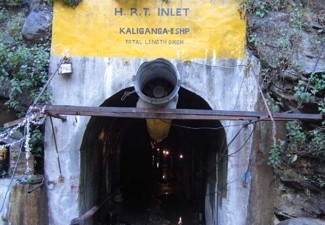
Addressing the conference, Bharat Jhunjhunwala pointed out that there were three key issues: energy consumption needs to be lowered, sustainability of small hydro is what needs to be examined, and fragmentation of habitats is a major concern. Arvind Kumar pointed out that the issue of ecological flow was a problem of governance, and there is a dire need for a monitoring agency to keep a watch over this issue.
Avdhesh Kaushal said, “These projects need to be participatory in nature – people should be involved. Projects which do not help the people should not be allowed.”
CSE has made several recommendations in its report. Some of the key recommendations are:
- Any hydro project with capacity greater than 1 MW should go through the environmental clearance process and if required an environmental impact assessment (EIA) study before its implementation.
- A carrying capacity study over a river basin should be executed for all rivers before taking up new hydro power projects.
- Mandatory ecological flow norms for all hydro power projects, including SHP
- The benefits of these SHP projects should be shared amongst the local communities. The ‘first right to power’ should be with them.
Says Chandra Bhushan, “Development must take into account environmental concerns so that it is sustainable. Uttarakhand and other states must utilize their hydro power potential in an ecologically sustainable manner. This means that standards, guidelines and safeguards should be put in place that will bring the much needed balance between environment and development.”
Check the following link to read/download the Full Report:
http://www.cseindia.org/userfiles/report_hydro20130614.pdf
Source: CSE.




